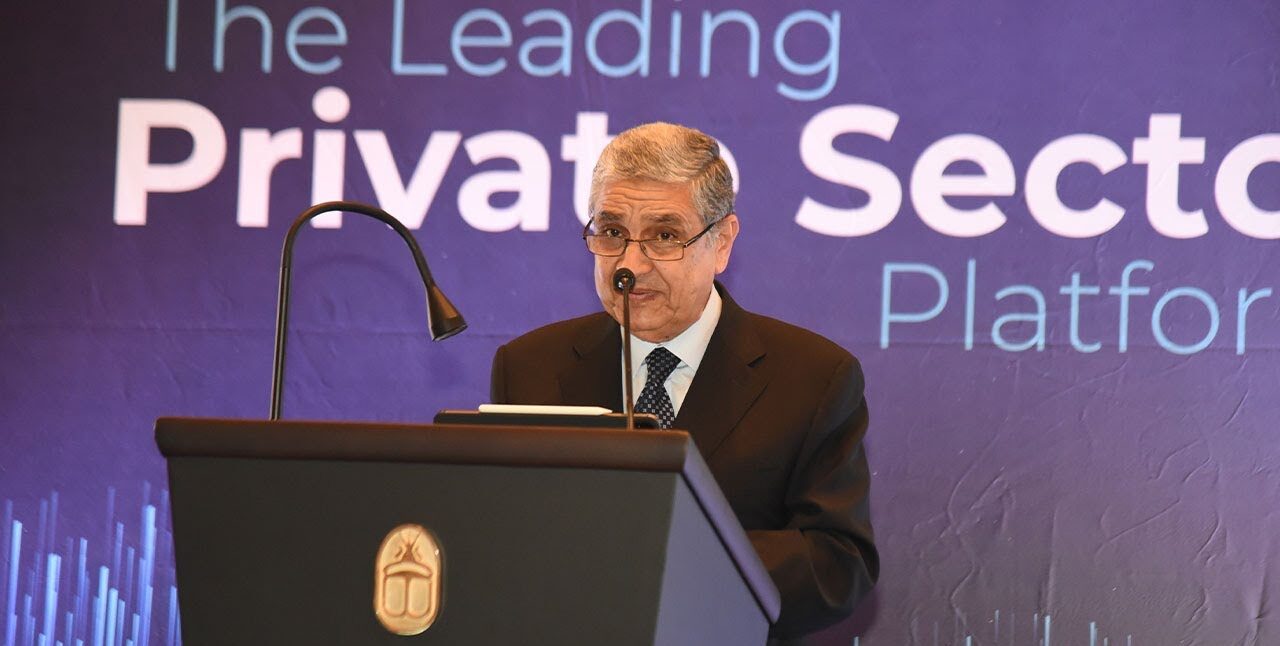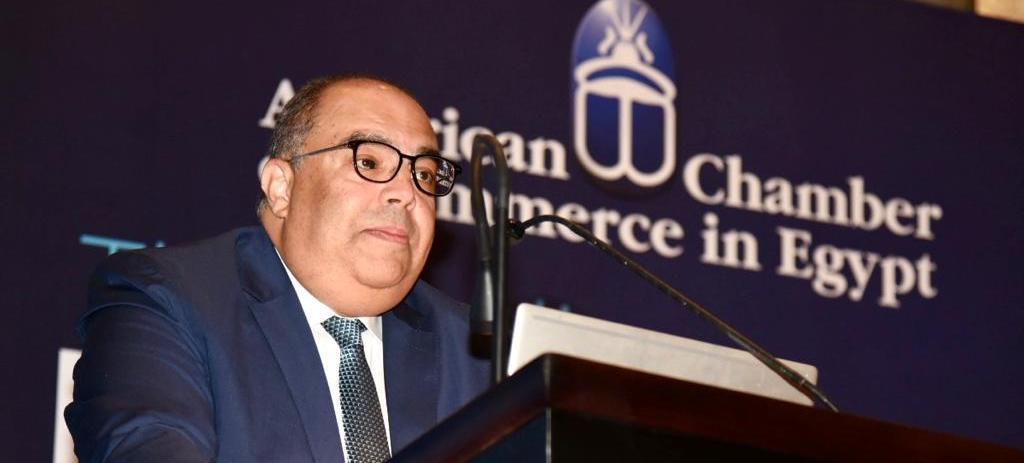Having enough electricity from a reliable and sustainable supply is an increasingly necessary prerequisite for GDP growth and meeting society’s demands. The International Energy Agency (IEA) stressed in a note, “While it only accounts for a fifth of primary energy use today, [electricity] is indispensable for the 24/7 … economy.”
The importance of a reliable supply came into the spotlight in 2020. “Difficulties caused by the COVID-19 pandemic remind us of the critical importance of electricity in all aspects of our lives, such as keeping medical equipment working in hospitals and IT systems available for teleworking and video conferencing,” the IEA paper said. “The impacts of an extended outage go far beyond the power system or the value of the lost energy purchase itself.”
Since then, government officials worldwide have prioritized generating electricity from sustainable, eco-friendly (green) sources like solar and wind.
Emerging markets face an uphill battle. Their governments must accelerate energy generation capabilities to meet the needs of fast-growing economies and young populations. On the other hand, they need to ensure their electricity is sustainable and green to align with international narratives and protect against climate-induced disasters.
Over the past nine years, the Egyptian government has been increasing its electricity generation capabilities. That has allowed it to go from rolling blackouts during peak consumption in 2013 to mulling exporting excess capacity of green energy. “In 2014, we had to [accelerate] many of our plans,” said Mohamed Shaker, minister of electricity and renewable energy, at a July event at AmCham. “We had to upgrade and expand the entire national grid, as the president considered it a matter of national security.”
Power stations
Shaker noted, “In 2013, our electricity deficit at peak consumption was 6,000 megawatts.” That meant hours-long blackouts during the height of summer for households, retailers, and factories.” People and businesses weren’t accepting that.”
He recalled that in 2014, the ministry implemented a “fast-track” plan. Step one was the addition of over 3,600 megawatts in eight and a half months to ensure that blackouts wouldn’t be as severe as the previous year. The government contracted with GE, Siemens, and Ansaldo Energia to build and operate eight new power plants nationwide. Each generated between 84 and 1,000 megawatts. “That cost the government $2.7 billion.”
The ministry also completed construction of five power stations producing between 250 and 1,300 megawatts at a total cost of $3.3 billion, Shaker said. “By 2016, those stations had added 4,250 megawatts, which meant we overcame 2013’s power deficit.”
However, the government was still catching up. Egypt’s GDP has been growing by 2% to 5.5% annually since 2013.
In 2016, the government announced construction of “three mega power plants” in the New Administrative Capital, Burullus district, and Beni Suef governorate. They added 14,400 megawatts to the national grid. Siemens partnered with Orascom Construction and Elsewedy Electric “rather than the usual sub-contracts role.”
Those three power stations were the second step in the government’s “fast-track” plan. Shaker said they were built in two and a half years, instead of five to six, at a cost of $6 billion.
Also in 2016, the government increased the efficiency of four power stations, adding 1,840 megawatts to the national grid.
From 2014 and 2021, the government added nearly 29.8 gigawatts of electricity to the national grid, or “14 times what the High Dam generates.” Of that, the private sector added 1.9 gigawatts through clean energy. Additionally, the average fuel used per kilowatt hour declined 3.5%.
Shaker also says they are heavily involved in the national safety net project, A Decent Life, where in phase one they extended the power grid to 1,447 villages, benefiting 4 million dwellers, costing EGP 15 billion. “All these efforts … take into consideration sustainability and reducing their carbon footprint.”
Groundwork
Another part of Shaker’s plan was to upgrade infrastructure, such as transmission lines and distribution centers. “We have a noticeable problem in reaching the most remote areas. We also had to ensure the power grid could cope with increased demand.”
Starting in 2014, the high-capacity transmission lines were upgraded and increased, Shaker said. “We looked at our needs through 2025 when planning our upgrade. We realized we had to focus on high-capacity cables to keep pace with the extra demand from Egypt’s digital transformation.”
By the end of 2021, the ministry had added 4,613 kilometers of various capacity cables. “That is roughly 150% of the length [of the power grid] in 2015.” The government increased high-capacity lines by nearly 154%. Mid-tier capacity cables increased by 25.5% and low-capacity cables by 13.6%.
The next step was adding substations to ensure electricity would continue if the main stations failed. Shaker said that from 2014 to 2022, the ministry more than tripled the number of substations and quadrupled their capacities.
Shaker cited the construction of new control centers, including the Middle Egypt Regional Control Center in Minya governorate and an upgraded one in Upper Egypt in Naga Hamadi governorate. “Under construction or being upgraded are regional control centers for Suez Canal cities, Cairo, Alexandria, and the Delta.”
Also under construction is Egypt’s first “distributed control system” in the New Administrative Capital, costing $53 million. “It is 73% completed,” Shaker said. “This center has advanced software and hardware features to make Egypt’s power grid more efficient and adaptable to new technologies and energy sources. It ensures a more consistent electricity supply.”
It will be able to detect if part of the national power grid is down and automatically divert electricity using alternative routes until the problem is fixed. “Everything will be detected and done automatically, without waiting for people to report a problem.”
Shaker stresses, “These smart networks are a quantum leap in the future of the transmission and distribution of electrical power. It relies [on] renewable energy sources, optimizing the use of electricity and reducing production costs.”
Green electricity
According to Shaker, the government has surpassed its solar and wind energy targets. He said the country is on track for clean energy to account for 42% of Egypt’s electricity generation by 2030 instead of the original 2035 target. “Last year, we reached 20% at peak load.”
To reach that 42% target, solar energy must account for 21.7% of Egypt’s energy generation. Wind energy would contribute 14.4%, while hydro and other clean sources would account for the rest.
Shaker said the ministry is working based on a “green scenario, which strongly supports the transition to renewable energy beyond merely being proactive in the switch to clean sources.” That strategy should see Egypt generate 60% of its electricity from clean sources by 2040 and eventually peak at 72% at an unspecified date.
Shaker stressed local and foreign private sectors would lead the transition. “We availed all the information from the Solar Atlas and Wind Atlas, plus environmental impact assessment studies. The ministry also [with the help of the Sovereign Fund of Egypt] offers bankable projects [to private investors]. And with cooperation with the Ministry of Finance, customs duties on imports of materials and equipment used in clean energy projects won’t exceed 5%. Lastly, the Ministry of Finance offers ‘sovereign guarantees’ to companies working in clean energy.”
The private sector can supply the national grid with clean energy in exchange for payment from the government in multiple ways. There is the usual auction system for government-led projects. There also is the feed-in tariff scheme introduced in 2017. More than 32 projects in Upper Egypt’s Benban solar park use that framework to generate 3,500 megawatts of clean electricity. The government also has the “build, own, operate” model, which can also feed the national grid.
According to Shaker, an additional advantage for foreign investors, in particular, is the cost of generating solar energy in Egypt is among the lowest in the world at 20-40 cents per kilowatt hour.
The government believes it has yet to scratch the surface of Egypt’s solar and wind power potential. “We have 173,000 square meters of land in Egypt suitable for wind farms capable of generating up to 347 gigawatts,” said Shaker. “As for solar power, the land available is nearly all of Egypt, with a potential to generate 650 gigawatts.”
Bright future
Shaker said the ministry signed four wind energy MoUs to generate an additional 28 gigawatts. Meanwhile, two more are still negotiated, potentially adding 12 gigawatts to the national grid. According to Shaker, those MoUs alone will generate “more than current demand, which peaks at 37 gigawatts.”
According to Shaker, producing hydrogen fuel using eco-friendly techniques (green hydrogen) to power heavy machinery has “vast potential” in Egypt. The government has signed 23 MoUs with green hydrogen investors. The potential production capacity is 100 gigawatts.
One of those agreements is with the European Bank for Reconstruction and Development. It will “establish a framework for assessing the potential of ‘low carbon’ hydrogen chains.”
That study should assess and map existing and expected international supply and demand for hydrogen. It would analyze existing and potential hydrogen production and conversion in Egypt and evaluate the storage and transportation required. Lastly, it would conduct a regulatory analysis to determine the types of laws and government incentives to support green hydrogen production in Egypt.
Shaker also said the Dabaa nuclear power plant, which should produce 4,800 megawatts of electricity, is on track to come online between 2028 and 2031.
With that massive increase in capacity, which would likely surpass Egypt’s needs, Shaker is looking to export excess clean energy to nearby countries. He said Egypt already has infrastructure connections with Jordan, Sudan, and Libya. The network with Saudi Arabia is still under construction. “It is 20% complete,” Shaker said. “We are running behind. We should be at 35%.” The minister also said negotiations are ongoing to connect Egypt’s grid to Italy and Greece. Those networks would allow exchanging up to 3,000 megawatts of electricity between connected countries.
He stressed “After finishing these projects, Egypt will be an energy hub as a [focal] point between Europe, Asia and African countries.”







